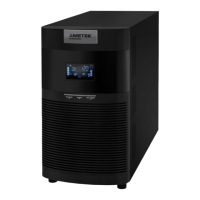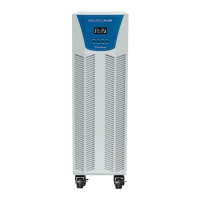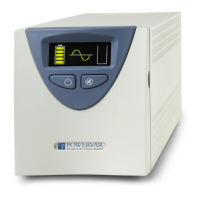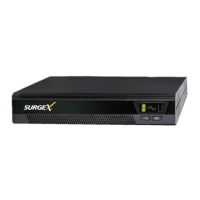Why is the Ametek UPS beeping and showing icons and a warning code on the LCD?
- MMark ReeseAug 15, 2025
This indicates an overload. Try removing some of the connected devices from the Ametek UPS output. If the devices connected to the UPS are fed directly by the electrical network via the Bypass, remove excess loads from the UPS output. If after repetitive overloads, the UPS is locked in the Bypass mode, first remove excess loads from the UPS output, then shut down the UPS and restart it.




